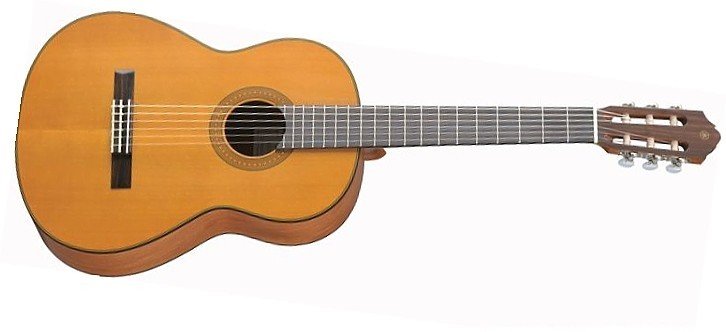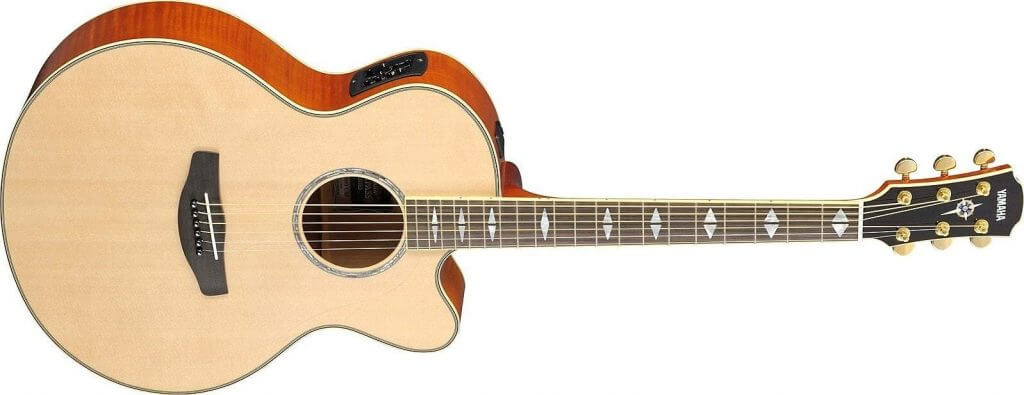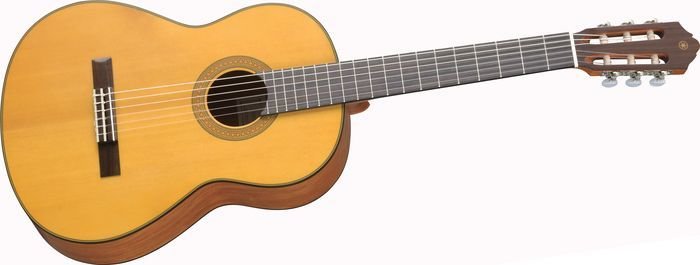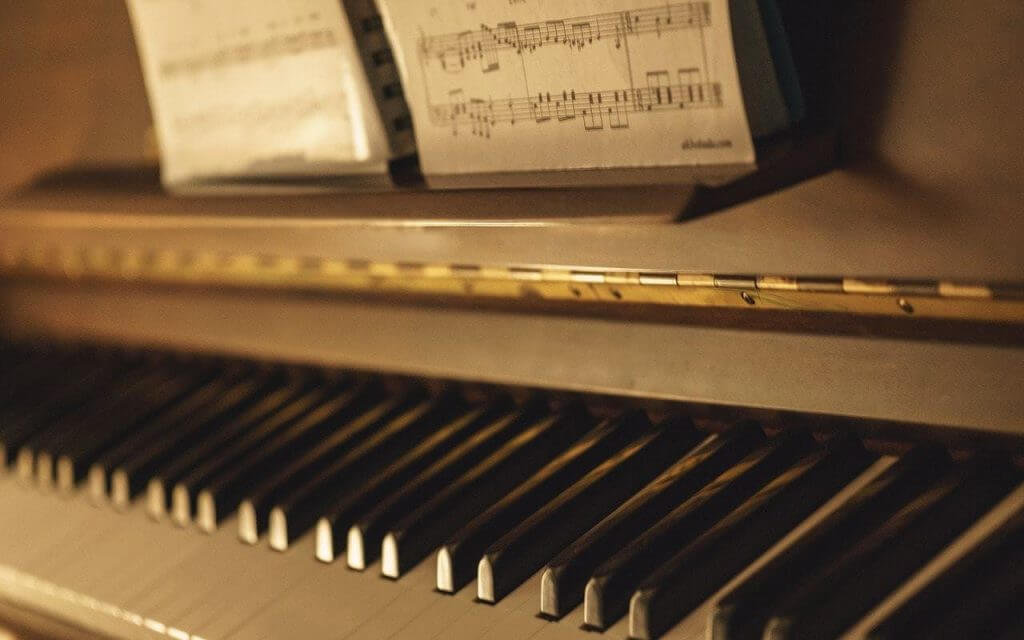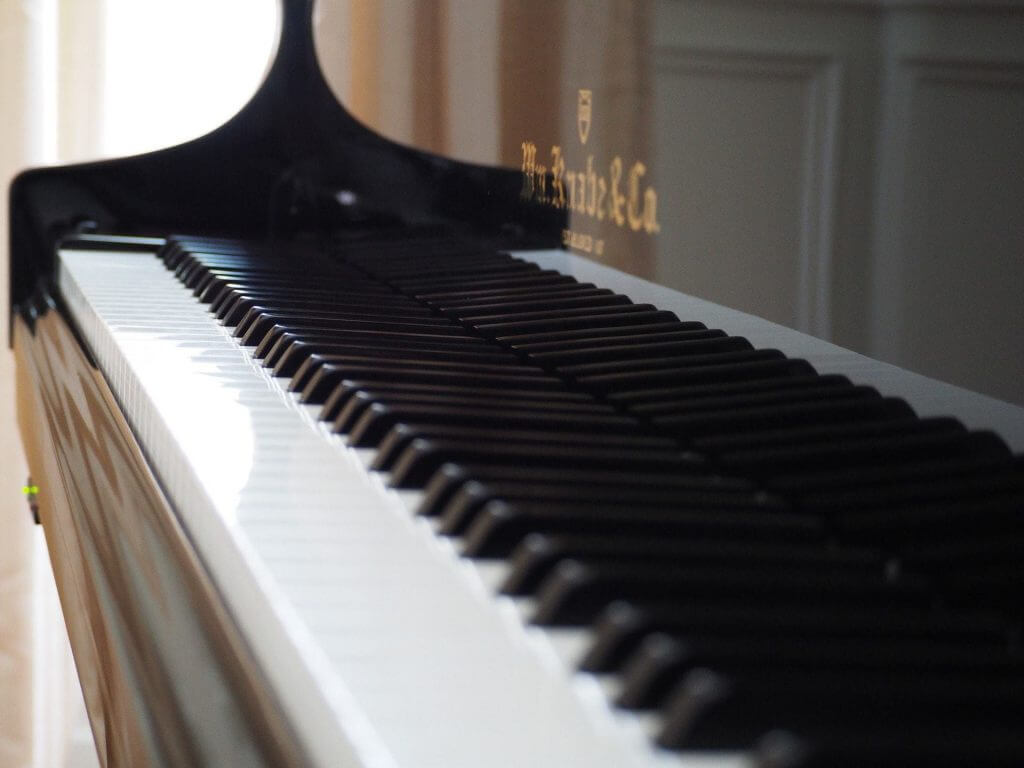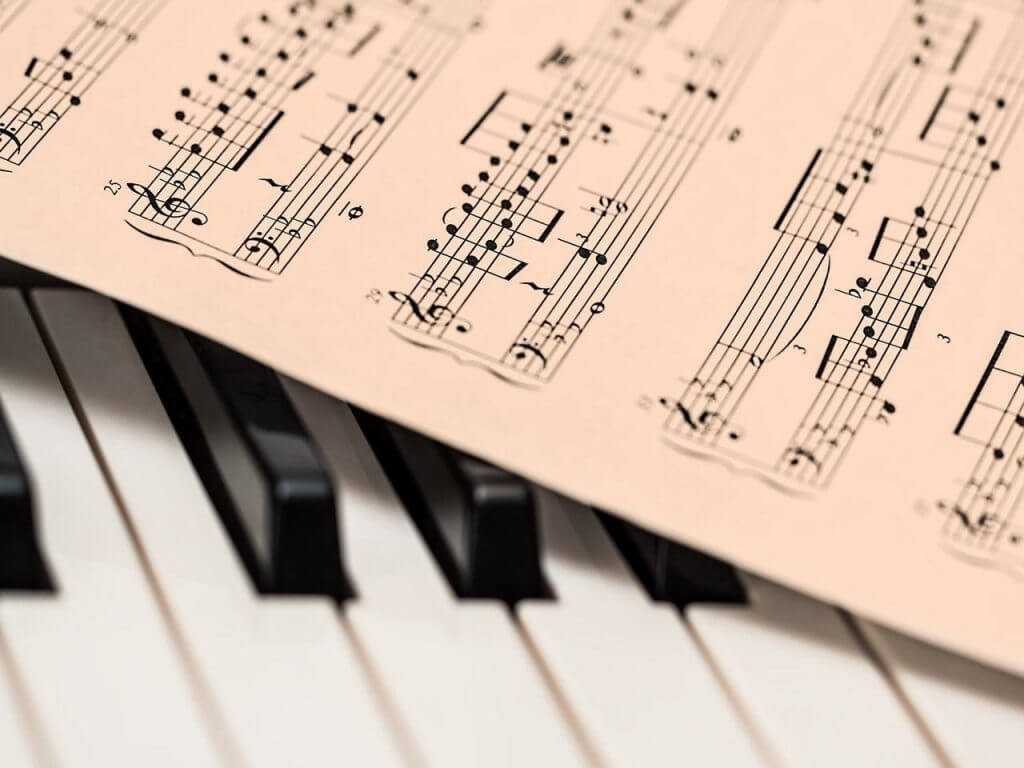Epiphone Pro-1 Acoustic Guitar Review
Epiphone pro-1 acoustic guitar review
Epiphone Pro-1 Acoustic Guitar Review
There are all kinds of acoustic guitars out on the market. Some are very pricey, some not so much, and some are so cheap you wonder how they are made. If you are a beginner or intermediate who is looking to pick up a guitar that isn’t going to burn a hole in your pocket, the Epiphone Pro-1 Acoustic Guitar is a great option. If you are an experienced guitarist or touring musician who just needs another acoustic axe to toss around on the bus – you might want to grab a few as well.
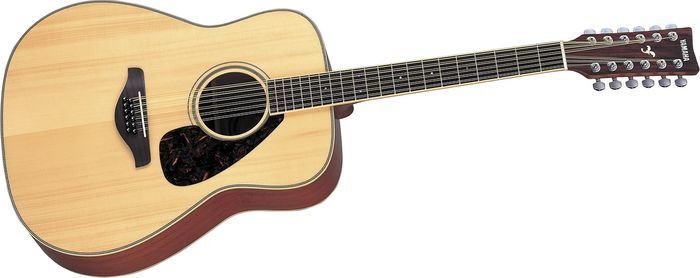
Let’s break it down. This guitar works for beginners because it’s priced right, comes from an established brand and can take a little beating. Epiphone has been around a while and their parent company is Gibson – one of the world’s leading guitar makers. Even if you are buying an inexpensive guitar, you don’t want to buy one that’s so cheap it’s going to break before you intend it to. What’s more – the guitar needs to have a pretty decent tone or you won’t ever play it. For its price, the Epiphone PRO-1 Acoustic Guitar has a great tone. Simply put, this is well-crafted entry-level guitar from a recognizable name in the industry that has been around for over 100 years.
So let’s talk about the tone for a moment. When it comes to entry level acoustic guitars, the sound of the Epiphone Dreadnought-styled PRO-1 acoustic is going to be about as good as it gets in the $150 price range. The guitar is made of selected laminated spruce, which helps the quality of the tone over other similarly priced models. Spruce is also among the most popular wood used to make guitars in the US because it helps produce a nice tone and can project well.
When it comes to how the guitar feels and handles as you play it, the Epiphone PRO-1 offers a number of benefits over other starter acoustic guitars in its class. First it’s slightly shallower which makes handling and playing a bit easier for beginners – especially if they are smaller, like a teenager. Next, the bridge uses a pin-less design which makes restringing for new players a far simpler task. Strap buttons also come preinstalled so wearing the guitar while standing – if that’s what you prefer – is easy to do as well.
All-in-all, the PRO-1 has four models that are priced at different points making it easy to say yes to that teenager who you aren’t quite sure will stick through with the commitment. Additionally, if you need a cheap burner guitar to take on a road trip or vacation, this is a great option because not only is lightweight and slightly smaller but if it breaks or gets lost, you haven’t lost that big of an investment.
If you’re interested in learning more about your options when it comes to beginner acoustic guitars, be sure to check out our reviews of other acoustic guitars options from manufacturers like Yamaha and Gibson as well as our own in-house model beginner acoustic.
Sign up for newsletter

Copyright © 2019 Alternate Tone Pte Ltd. All rights reserved.
CONTACTS
Alternate Tone Pte Ltd- Music School
29b Seah St - Singapore - 188385
Tel: +65 8115 9378
Email: info@alternatetone.com
Open: Mo-Fr 12:30-21:30
Sa 10:00-18:00







